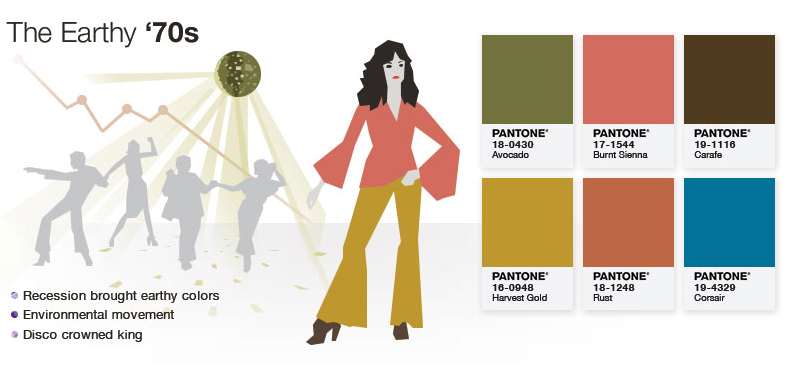Pantone
Pantone, as it is today, was
founded in 1962, when the company, located in New Jersey—at the time a small
business, which manufactured colour cards for cosmetics companies—was bought by
Lawrence Herbert, who had been an employee since 1956. He immediately changed
its direction, developing the first colour matching system in 1963. His
innovative system of identifying, matching and communicating colours solved the
problems associated with producing accurate colour matches in the graphic arts
community. It is still used as the standard in the
industry. It
maintains a complex system of labeling colours and keeping a formula for their
composition. Though it is mainly used in the printing industry, other
manufacturers of products like paint, plastic and fabric often use the system. Herbert
remains the CEO, Chairman, and President of the company.
Pantone Matching System (PMS)
Pantone
utilizes a numbering system for identifying colours so that different
manufacturers in different locations can all reference a Pantone numbered
colour, making sure colours match without direct contact with one another. The
most commonly referenced colours are in the Pantone solids palette. The Pantone
Solid palette consists of 1,114 colours, identified by three or four digit
numbers, followed by a C, U, Or M suffix. Originally designed for the graphics
industry, the pantone solids palette is now used by a wide range of industries,
and is the most commonly used palette. For example, Pantone 199 Red can be
identified as Pantone 199C (C= Coated Paper), Pantone 199U (U= Uncoated Paper)
or Pantone 199M (M=Matte Paper).
Pantone Process palette
Pantone also has a Process
palette, which consists of more than 3,000 colour variations digitally created
with CMYK process printing. Process printing requires the use of Cyan, Magenta,
Yellow, and Black ink. Work
printed using CMYK is also referred to as 4 Colour Process Printing. All colours
in this palette start with DS and contain hyphenated numbers, from DS-1-1 thru
DS- 334-9 and may be followed by a C (coated) or U (uncoated). These guides are
only suitable for four-colour process printing, and are used to design colour
build using CMYK, in various combinations. The Pantone Colour Bridge can be
used to convert Solid Colours into CMYK percentages.
Colour of the Year
Since 2000,
the Pantone Colour Institute™ has been designating a Colour of the Year to
express in colour what is taking place in the global zeitgeist. A colour that
will resonate around the world, the PANTONE Colour of the Year is a reflection
of what people are looking for, what they feel they need that colour can help
to answer. Not necessarily the hot fashion colour of the moment, but a colour
crossing all areas of design, which is an expression of a mood, an attitude, on
the part of the consumers.
To distil the
prevailing mood into a single hue, the PCI team, led by executive director Leatrice
Eiseman, combs the world looking for future design and color influences,
watching out for that one colour seen as ascending and building in importance
through all creative sectors. Influences can include the entertainment
industry, upcoming films, art, emerging artists, travel destinations and
socio-economic conditions. Influences may also stem from technology, lifestyles
+ playstyles, new textures and effects that impact colour, and even upcoming
sports events that capture worldwide attention.
With each
unique colour shade having its own special symbolism, an additional key
consideration is the emotional component and the inherent meaning of the colour.
Pantone Colour of the Year 2014: Radiant Orchid
Colour Branding
Colour Mixing history
271 years before the Pantone colour guide was introduced in 1963, a Dutch artist known only as A. Boogert sat down to write a book in Dutch about mixing watercolours. Not only would begin the book with a bit about the use of colour in painting, but would go on the explain how to create certain hues and change the tone by adding one, two, or three parts of water. The premise sounds simple enough, but the final product is almost unfathomable in its detail and scope. This was in 1692!I










No comments:
Post a Comment